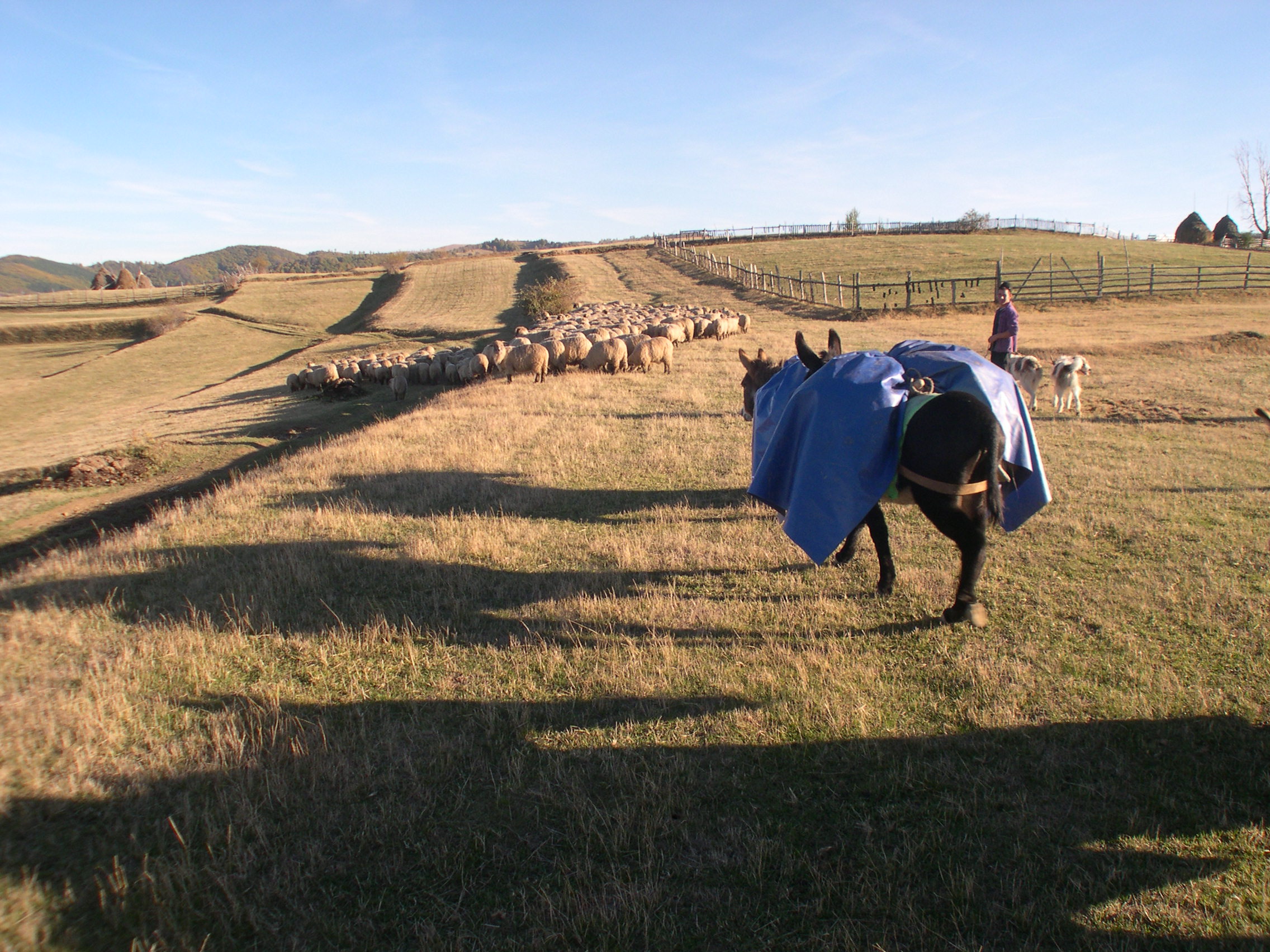My blog,
Carpathian Sheep Walk, came out of a need to share the experience of my wanderings in Romania and elsewhere. When I started it I was living in Wales but before moving there, I'd written a guidebook to Romania. With introductions to anthropologists and museum curators, that journey led me deep into the countryside, an environment I far prefer to cities. It seemed miraculous to be there in villages and hamlets that weren't 'living museums', but real life rural communities of the kind that had died out in Britain at least half a century ago. Another guidebook followed, thanks to National Geographic, and from around 2007, blessed with some wonderful contacts, I felt the urge to look further into Romania's shepherding traditions. I'd love to say I was prompted by some hi-falutin' research project, or a selfless desire to improve people's lives, but my main driver was the enjoyment I got from immersing myself in other cultures.
I live in the Welsh hills where sheep farming has a long history and sheep farmers staunchly defend their traditions. In Wales, droving is a thing of the past but in Romania it still exists - as it does in Spain and Italy, where it is known by the evocative name of transhumance. In centuries gone by, herdsmen and women from the mountain areas of Transylvania, Wallachia and Moldavia used to walk and ride (and later take some of the first trains to run in Eastern Europe) hundreds of miles (kms, yes I know), to graze their animals across national and ethnic boundaries. With or without their own native Romanian sheep, some of the shepherds reached as far as the Caucasus and even Iran. The social and economic consequences of their exertions gave rise to all kinds of stories, legends and theories, not least those that link Romania's history as a nation to its adventurous herders.
Given the climate crisis and growing concern about farming methods - whether to keep animals for meat, the difficulties of farming on a small scale, over-reliance on farming subsidies, and the apparent strangle-hold that big corporations have on food chains (and they are just the tip of a melting iceberg), there is a lot of noise about how we should grow and market our food. This leaves the phenomenon of traditional herding in a limbo, making it seem like a museum piece, something for the benefit of tourists, or else, as in Nigeria and Kenya, a reason for vicious raids and murder.
So I'm all too aware of the dangers of over-sentimentalising such life-styles, and of burying one's head in the past in the hope that a scary future will just go away. But Romania's sheep farmers have to face reality just like the rest of us, and how they are doing it - thanks often to the survival of long-established communities - could possibly teach us something worth knowing.
If there is any value in looking at such communities, here is an offering from me - it's not a new blog but I haven't had the chance to update it recently:
Carpathian Sheep Walk (Google Blogspot)and, although admittedly, this is a tad confusing, here is its follow up, linked to this site because it contains some newer material:
Carpathian Sheep Walk (Wordpress)
